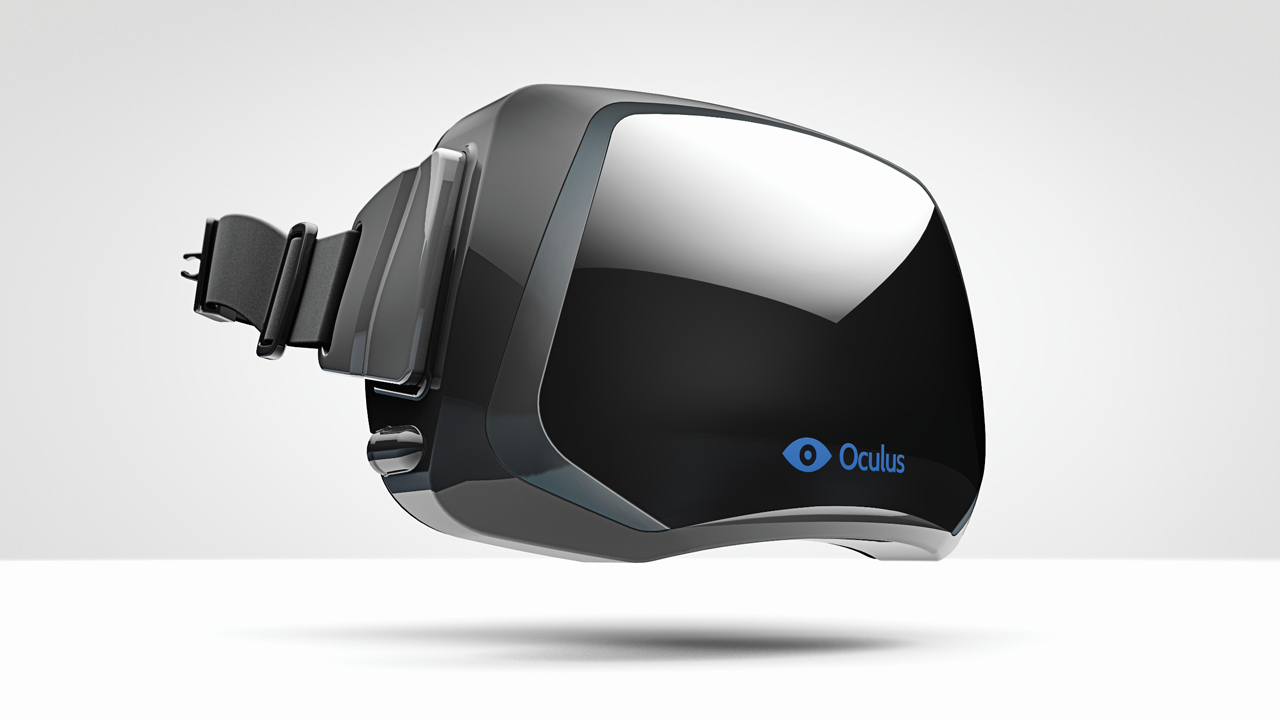PocketCake is working with some of the nation's top architectural and engineering companies, converting their 3D models into stunning virtual reality simulations using the Oculus Rift.
PocketCake's simulations offer first-person interaction from the comfort of a laptop. You are in the driver's seat. From homes and churches to stadiums and fairgrounds, nothing enhances a client's - or an architect's - conception of a project better than virtual reality.
Instead of an abstract blueprint process, a virtual reality simulation ensures your concepts look exactly as you envisioned them. For a price that's comparable to traditional architectural illustrations, a prospective client can have an immersive 3D experience in which they inhabit real space, walking wherever they like.
BIM technology, once a rarity in the architectural industry, is now mainstream as a majority of buildings are crafted digitally. Virtual reality is the next logical step for BIM. PocketCake can also convert point cloud data into a mesh that's usable in a virtual reality environment.
PocketCake is currently developing a proprietary product called VRSCA (Virtual Reality Simulation Converter Assembly), which will allow architects and engineers to easily navigate up to four people through a virtual space at the same time and host up to 32 viewers remotely.
PocketCake, founded in November 2012, specializes in virtual reality simulations and custom mobile app development.

The firm uses the Oculus Rift virtual reality headset to immerse clients in project designs.
Related Stories
| Oct 11, 2011
ThyssenKrupp elevator cabs validated by UL Environment
The conclusive and independent third-party validation process is another step toward a green product line.
| Oct 11, 2011
Ballard Spahr launches real estate recovery group
The new group represents an expansion of the company’s Distressed Real Estate Initiative, which was launched in 2008 to help clients throughout the country plan, adapt and prosper in a challenging economic environment.
| Oct 11, 2011
Onex completes investment in JELD-WEN
With the completion of the JELD-WEN investment, Onex Partners III is approximately 40% invested.
| Oct 7, 2011
GREENBUILD 2011: Demand response partnership program announced at Greenbuild 2011
Program will use USGBC’s newly revised LEED Demand Response credit as an implementation guideline and leverage its relationships with the building community to foster adoption and participation in existing utility and solution provider demand response offerings.
| Oct 7, 2011
GREENBUILD 2011: Otis Elevator announces new contracts for sustainable building projects
Wins reinforce Otis’ position as leader in energy-efficient products.
| Oct 7, 2011
GREENBUILD 2011: UL Environment releases industry-wide sustainability requirements for doors
ASSA ABLOY Trio-E door is the first to be certified to these sustainability requirements.
| Oct 7, 2011
GREENBUILD 2011: UL Environment clarifies emerging environmental product declaration field
White paper defines EPD, details development process, and identifies emerging trends for manufacturers, architects, designers, and buyers.
| Oct 7, 2011
GREENBUILD 2011: Otis Elevator introduces energy-efficient escalator
The energy-efficient NCE escalator from Otis offers customers substantial “green” benefits.
| Oct 7, 2011
GREENBUILD 2011: Schools program receives grant to track student conservation results
To track results, schools will use the newly developed Sustainability Dashboard, a unique web-based service that makes tracking sustainability initiatives affordable and easy.
| Oct 7, 2011
GREENBUILD 2011: Transparent concrete makes its North American debut at Greenbuild
The panels allow interior lights to filter through, from inside.

















